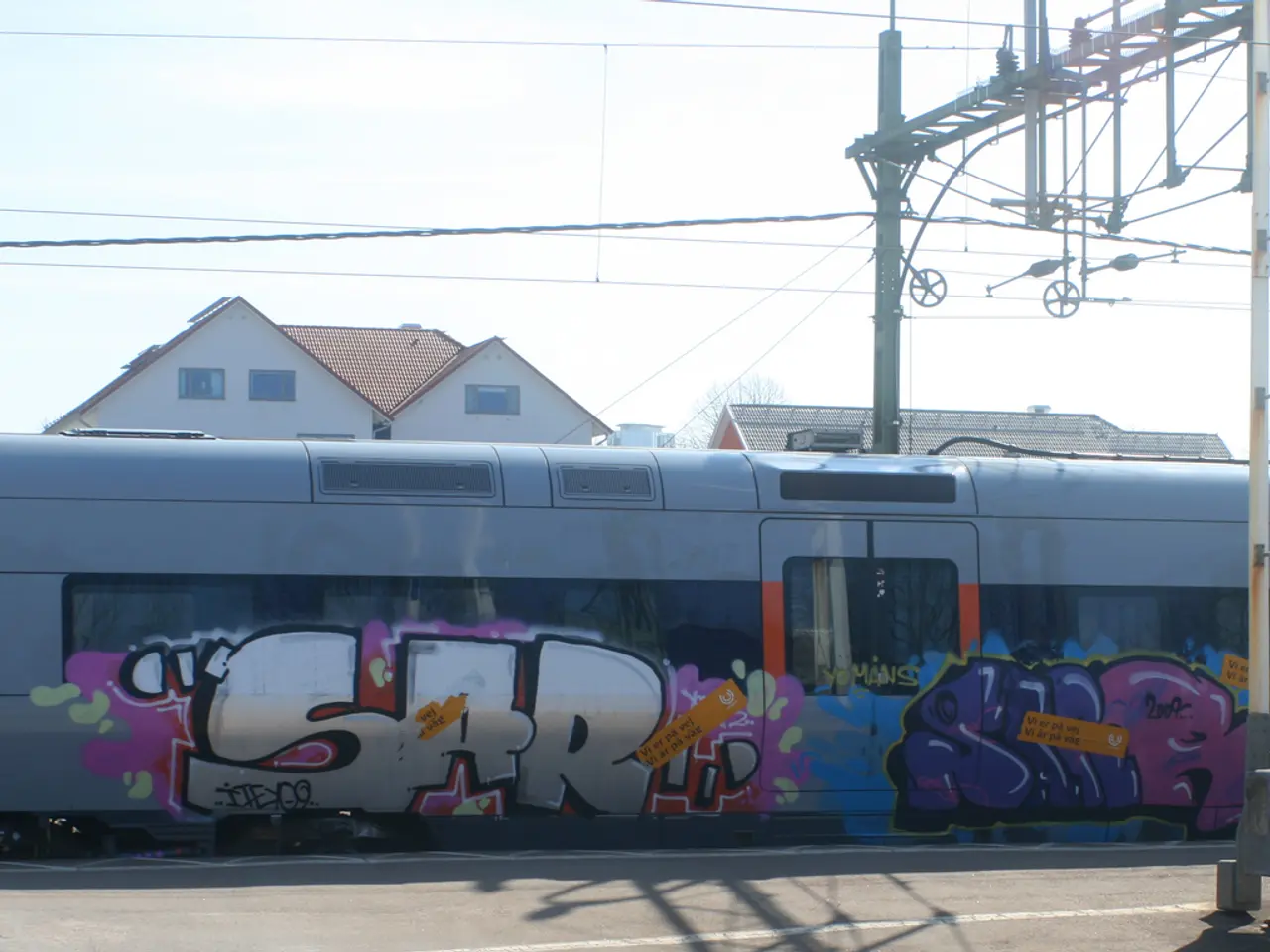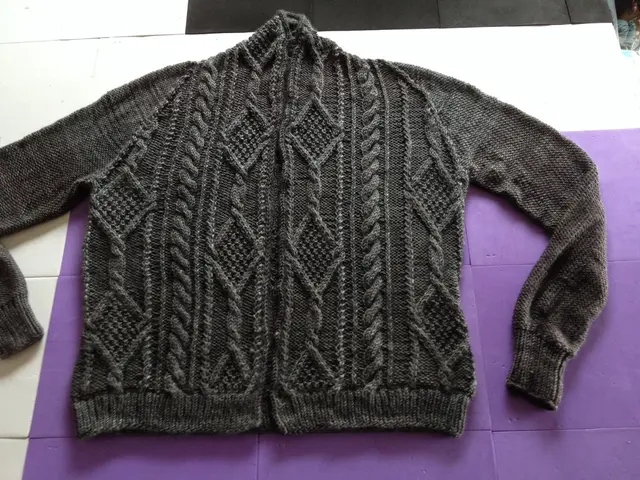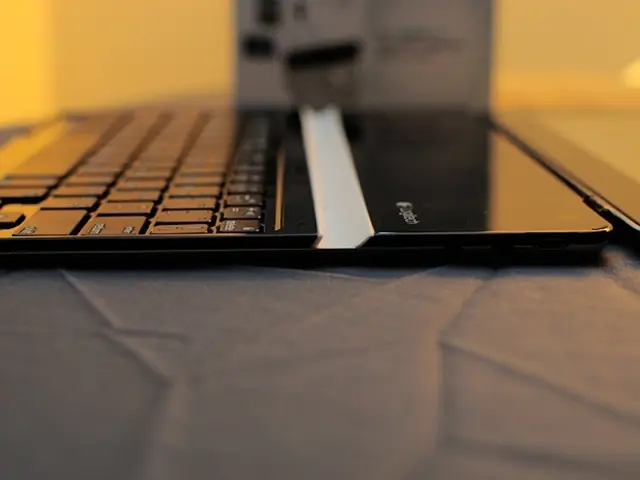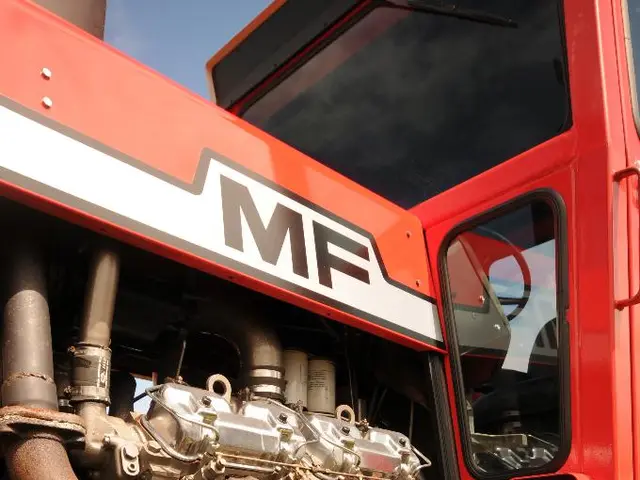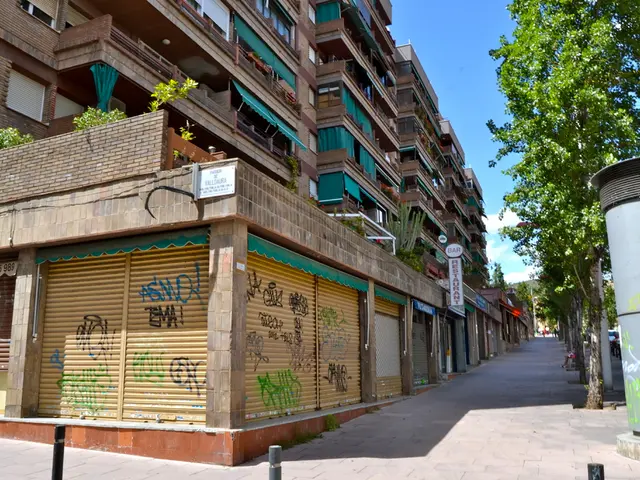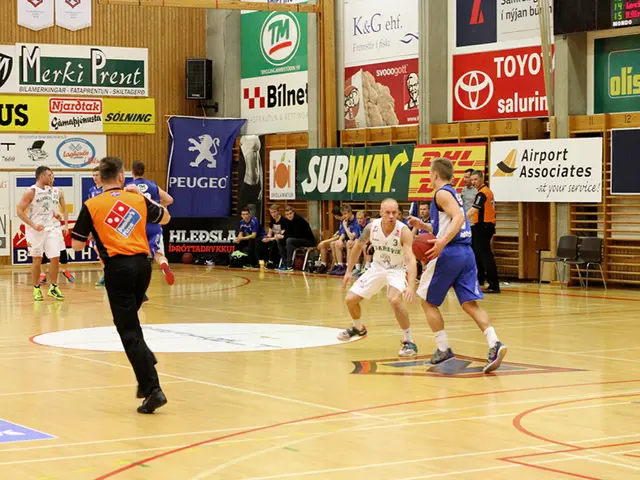Covered Airport Surfaces: Explanations for the Choices Made
In the bustling world of air travel, the choice of flooring material in airport terminals, including passenger boarding bridges, is a deliberate decision that balances aesthetics, functionality, and passenger comfort. One such material gaining popularity is carpet, which is used to reflect local culture, provide a distinctive and welcoming atmosphere, and enhance the overall passenger experience.
Carpet designs can embody local identity, creating a memorable experience for travellers. For instance, the iconic Portland International Airport (PDX) carpet, designed in the 1980s, visually represents local features such as runways and lights inspired by the air traffic control tower’s view. This carpet has become a beloved symbol and "front door" to the city for travellers and residents alike.
The benefits of using carpet in airports are manifold. Carpet provides a softer and warmer surface compared to hard flooring, making waiting areas and passenger bridges more comfortable for travellers. It also helps absorb sound, reducing the overall noise level in busy airport terminals and bridges, contributing to a calmer environment. Some carpets feature patterns that can subtly aid wayfinding or delineate different functional areas.
However, carpeted floors are not without their drawbacks. High foot traffic in airports causes carpets to wear out faster, and they can be harder to clean and maintain compared to hard flooring surfaces like terrazzo. They are susceptible to staining, dirt embedment, and require more frequent replacement. Carpet can also make rolling wheeled luggage, strollers, and wheelchairs slightly more difficult compared to smooth surfaces. Airports often use hard flooring in high-traffic or transit areas to improve accessibility and ease of movement.
Because of these factors, airports often use carpet selectively, such as in seating or waiting areas where comfort and cultural expression are prioritized, while using durable materials like terrazzo and hardwood in main thoroughfares for longevity and ease of cleaning.
Research suggests that passengers feel more relaxed in carpeted airport terminals compared to those with hard-surfaced floors. The carpeted floor of the passenger boarding bridge positively affects the overall atmosphere of relaxation for passengers, contributing to passenger relaxation before a flight. Interestingly, the use of carpeted floors in passenger boarding bridges may also increase shopping by 7% to 10% among passengers (Source: DKMA website).
In summary, carpet in airports serves an important design role in connecting travellers to local culture and enhancing comfort. However, it comes with trade-offs in durability, maintenance, and accessibility, leading to a mixed-use approach in airport flooring design. The choice of flooring material in airport terminals is a careful consideration that aims to create a comfortable, aesthetically pleasing, and functional space for travellers.
Interior design within airport terminals can extend beyond flooring material choices in the main thoroughfares, as carpeted spaces, such as seating or waiting areas, can serve as a reflection of local identity and lifestyle. For example, the iconic Portland International Airport carpet, embodying local features like runways and lights, has become a symbolic representation of the city's home-and-garden culture for both travellers and residents.
